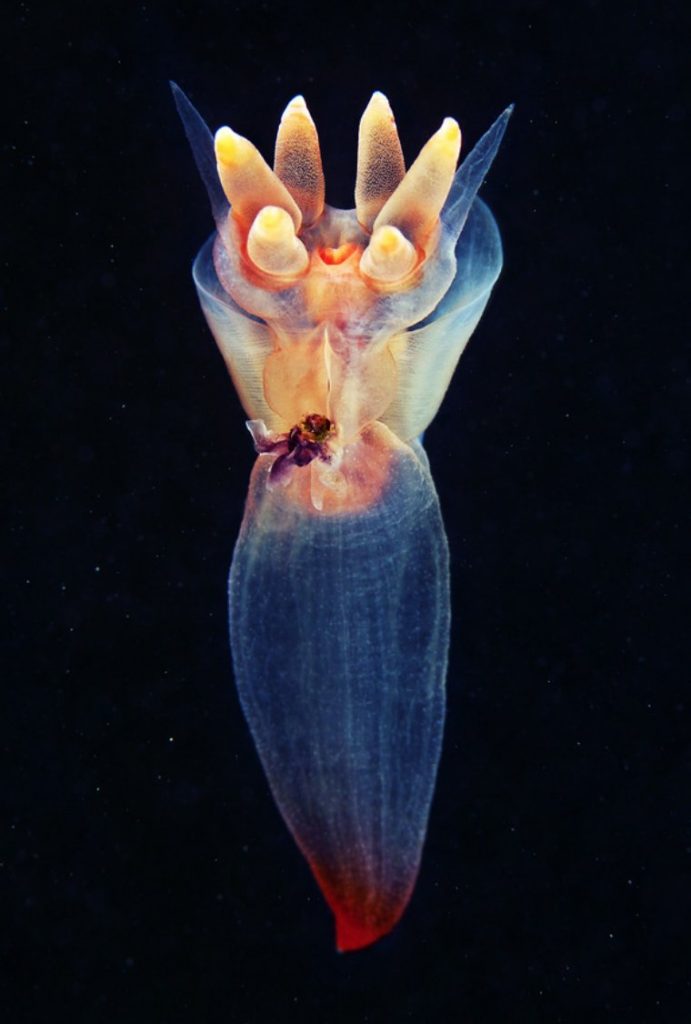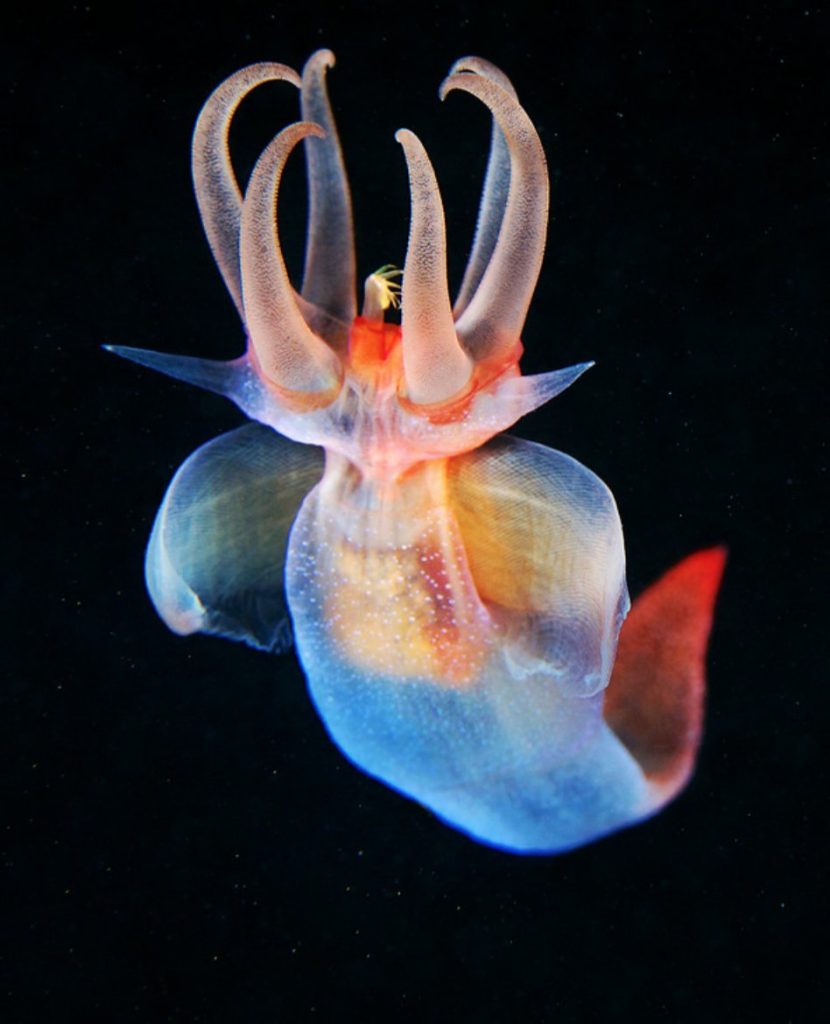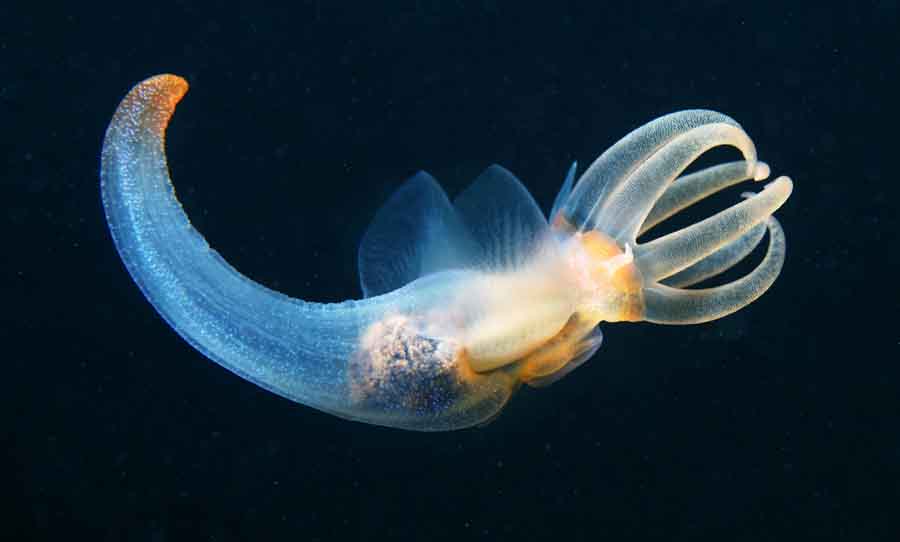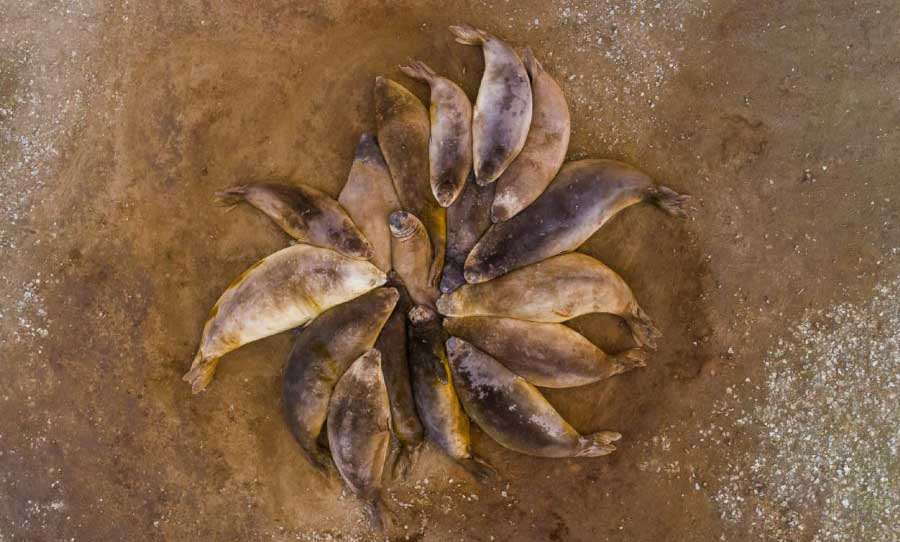Let me guess. (Sea) angels brought you here.
The sea angel, or gymnosomata, is a shell-less mollusc about five centimetres in length. Our friends from Australian Geographic have introduced us to some odd characteristics and increasingly relatable behaviours from these creatures.

Is your family driving you crazy during lockdown? Are you worried you might eat them? Fear not, sea angels have been doing that since the dawn of time.
Despite their delicate, wispy appearance and deceptive name, sea angels are carnivorous villains. They’re known to feast on their close relatives.
Sea angels are crafty buggers, setting up traps with almost as much grace as Peter Parker. They lay out large mucous webs to ensnare their prey, the sea butterfly.
To reproduce, the angels will come close to one another and turn out their reproductive organs inside out. Then, they attach themselves with a dedicated sucker and float for up to four hours, intertwined like ballet dancers.
The creatures are naturally intersex, possessing both male and female sex organs in various stages of life. Their eggs are fertilized internally and released into an embryonic shell before hatching. Jefferson Airplane has some musings on this.
On a normal day, the ethereal beings beat their wing-like parapodia slowly, about once or twice a second. It’s a different story when they’re hungry. Sea angels are capable of engaging a separate muscle group to propel themselves at up to 100mm per second to pursue their prey.
As a bonus fact, they’ll often search for food whilst mating. Huge vibe. In my mind, my (sea) angel is a centrefold.
Check out some more photos below.



In other news, deserted beaches are seeing the return of the world’s largest turtles.



